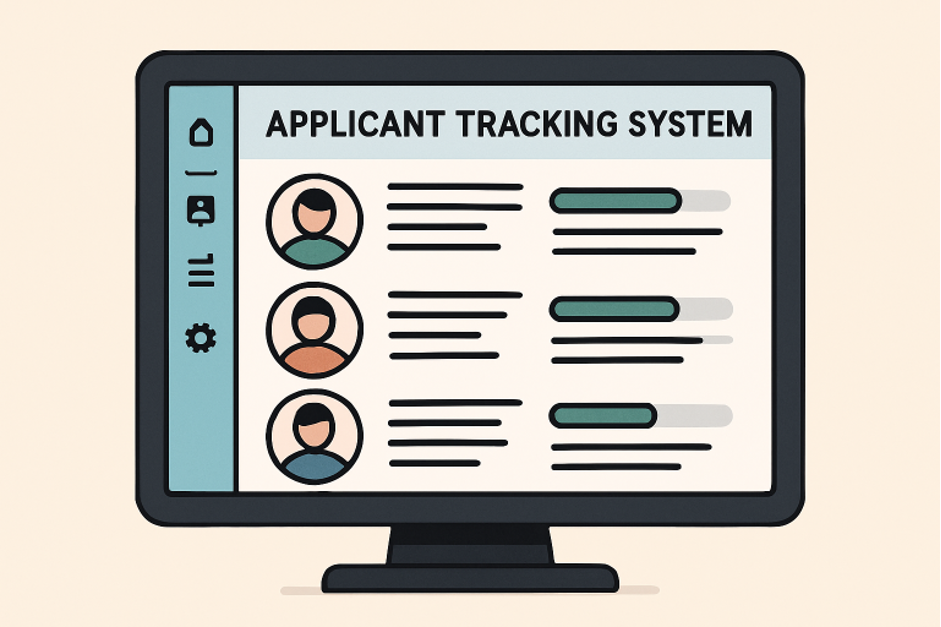Introduction
In the rapidly shifting recruitment landscape, organizations seeking agile and effective hiring processes are turning to digital solutions. One of the most valuable investments for HR teams is an Applicant Tracking System (ATS), particularly when using a robust talent acquisition platform that centralizes and streamlines candidate management. While implementation is a significant step forward, optimally leveraging these platforms determines whether they help companies attract exceptional talent and sustain a competitive recruiting edge or merely add another layer of administrative software.
Maximizing an ATS’s benefits requires strategic enhancement across several fronts—from job description precision to data-driven insights. Employers who commit to ongoing system optimization not only speed up their hiring cycles but also create lasting positive connections with candidates. This article explores practical, actionable strategies to unlock the full potential of your ATS and transform your hiring process into a highly efficient, candidate-centric operation.
Crafting Precise Job Descriptions
The bedrock of effective applicant tracking is a clear, accurate job description. Ambiguous or overly broad descriptions often result in a pool of unqualified applicants, clogging the system and hampering recruiters’ productivity. By articulating the essential responsibilities, must-have skills, and desired qualifications for each role, HR teams enable the ATS to pre-screen candidates more effectively. This ensures that only the most suitable candidates progress and improves the company’s employer brand by communicating professional clarity and high expectations.
High-performing organizations regularly audit their job descriptions for relevance and clarity, recognizing that roles evolve alongside business goals. Precise language and avoiding unnecessary jargon help candidates quickly assess their fit for a role, leading to more engaged applicants and a smoother hiring funnel.
Leveraging Automation Features
Automation is at the heart of modern applicant tracking solutions. Features such as AI-powered resume screening, automated interview scheduling, and templated candidate communications free up recruiter time for higher-value interactions. Automation reduces the risk of human error and ensures that each applicant receives timely, consistent communication, directly impacting both hiring speed and candidate sentiment.
Furthermore, recruiters benefit from digital workflows that move applicants through various stages, trigger reference checks, and auto-generate status notifications.

Enhancing Candidate Experience
The war for talent often comes down to the candidate’s experience. A user-friendly application process optimized for mobile devices, featuring one-click apply functionality and promptly updating applicants on their status, increases engagement and reduces drop-off rates. Automated and personalized communication reassures applicants that their interest has been recognized and valued.
Checking in with candidates at key stages and providing a clear timeline helps manage expectations and enhances the employer brand. HR leaders should regularly simulate the candidate journey to uncover friction points in the application and interview process, making iterative improvements to optimize satisfaction.
Integrating with Existing Systems
A truly effective ATS must connect seamlessly with existing HR technologies. Integration with human resource information systems (HRIS), onboarding tools, and even background checking services ensures a unified data ecosystem and reduces manual entry errors. Recruitment teams enhance operational efficiency and decision-making accuracy by fostering the free flow of candidate information across systems.
This cohesion allows hiring managers, recruiters, and executives to view the entire talent acquisition pipeline—and related analytics—through a single dashboard, streamlining compliance, reporting, and internal collaboration.
Utilizing Data Analytics
Recruitment analytics are invaluable for continuous process improvement. An ATS with built-in reporting unlocks visibility into essential KPIs like time-to-hire, cost-per-hire, source of hire, and candidate drop-off points. By monitoring these metrics, organizations can quickly identify bottlenecks, optimize underperforming channels, and demonstrate the impact of recruitment activities to leadership, as emphasized by SHRM.
This data-driven approach paves the way for objective, agile recruitment strategy tuning, whether by investing in a new sourcing channel, adjusting interview timelines, or refining qualification criteria.
Implementing Structured Interviews
Standardizing the interview process with structured questions and evaluation rubrics reduces the risk of unconscious bias and promotes fairness. By programming these frameworks into the ATS, recruiters can ensure adherence to legal, ethical, and organizational guidelines across the hiring team.
Structured interviews yield more comparable data points across candidates and aid in creating defensible hiring decisions, protect the company from potential challenges, and support a transparency culture.
Continuous Training and System Evaluation
Long-term ROI from your ATS depends on regular recruitment, team upskilling, and ongoing system assessments. Training sessions, user feedback loops, and scheduled platform audits keep the team attuned to new features and industry best practices. Evaluations should focus on user satisfaction, feature adoption, and alignment with the company’s evolving needs.
Organizations must also remain agile enough to pivot to newer solutions or features when business and talent demands change, keeping their hiring process ahead of the competition.
Conclusion
Optimizing an Applicant Tracking System is an ongoing commitment to detail, improvement, and candidate respect. From crafting targeted job descriptions and embracing automation to investing in the candidate journey and leveraging actionable data, organizations can transform ATS investments into hiring excellence. By continuously evaluating their systems, training recruitment teams, and integrating new technologies, HR leaders set the foundation for talent acquisition success in a competitive landscape.
Lynn Martelli is an editor at Readability. She received her MFA in Creative Writing from Antioch University and has worked as an editor for over 10 years. Lynn has edited a wide variety of books, including fiction, non-fiction, memoirs, and more. In her free time, Lynn enjoys reading, writing, and spending time with her family and friends.














